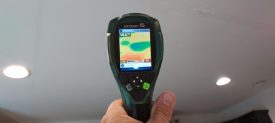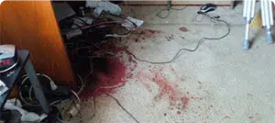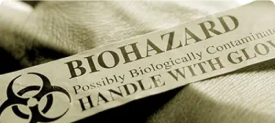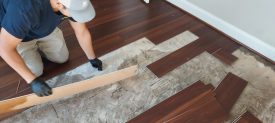Mold is a general term used to describe multicellular fungi that usually grows on organic material. Many people confuse mold with a close relative called yeast. Yeast is different in that it’s a single cell organism versus the multicellular nature of mold. Mold can grow in a connected state that is commonly called a colony.
Within the classification on molds, there are thousands and thousands of species with varied cellular make-up and characteristics. While most people have a negative perspective when they hear the word mold, it does have some beneficial uses. For example, certain species of cultured mold is used in the creation of cheese, bread, and in some forms of fermented alcohol like Sake. Certain species of cultured mold area also used in the healthcare industry to create drugs like penicillin and some types of cholesterol control drugs.
For our purposes, mold requires 3 components to grow:
-
An organic source to feed on. By organic, we are referring to paper, fabrics, wood, leather, etc. However, there are situations where mold can and will grow on inorganic materials like plastics, vinyl, metal. We’ll talk about how that occurs later on.
-
A sufficient amount of moisture to foster growth. It’s unclear as to what constitutes a “sufficient” amount, but researchers do know that the necessary amount for growth seems to vary by mold species.
-
A favorable temperature range that is usually between 67 degrees and 87 degrees. Mold experts disagree on an exact temperature range as there seems to be variances across the world. Antarctica has a species of mold that can grow and thrive in temperature ranges from 38 to 45 degrees.
As mentioned above there are situations then mold can and will grow on inorganic surfaces. In most cases, there is a microscopic layer of dirt on the material that allows the mold to begin growing and feeding.
The staff of EMERG+NC Property Rescuers is fully trained in the most update methods to identify and remove most any mold related situation.










